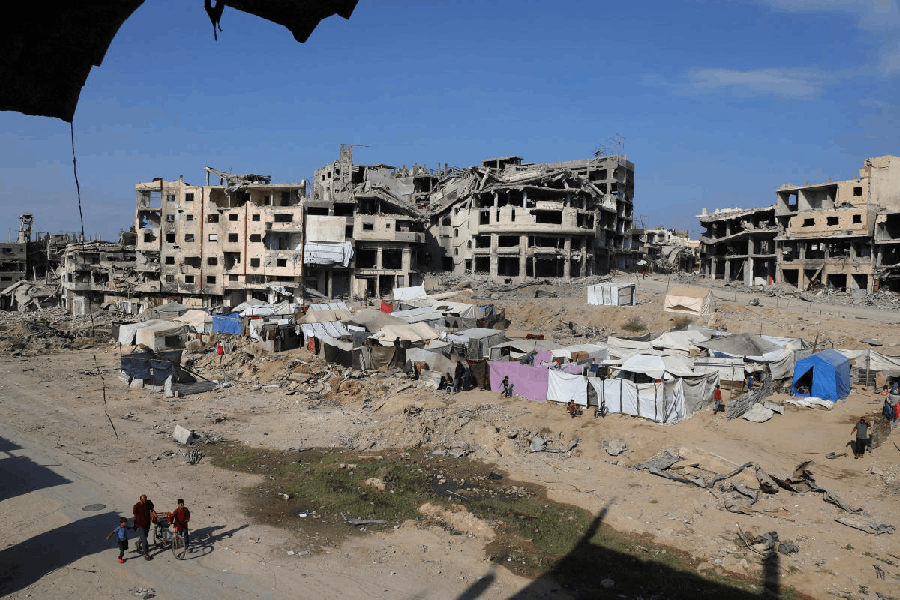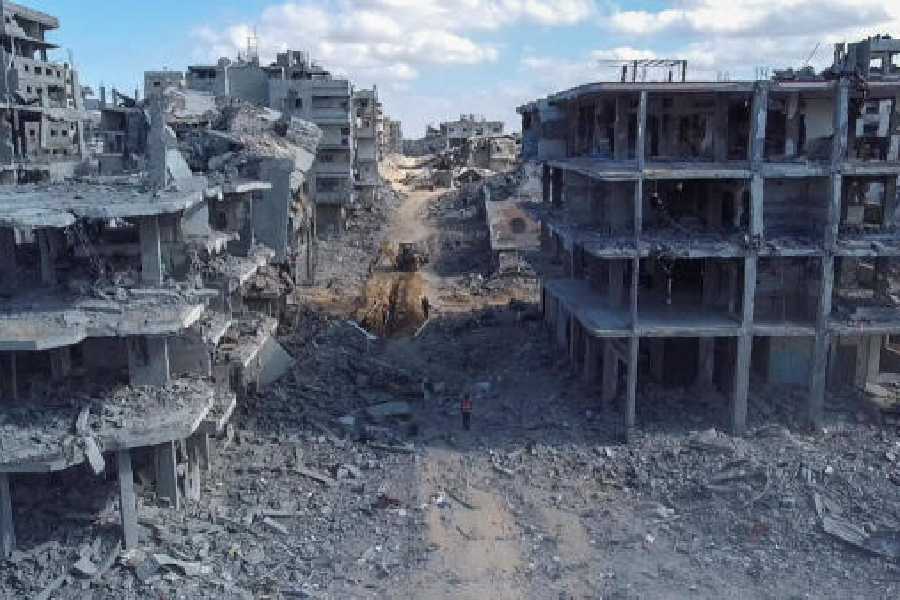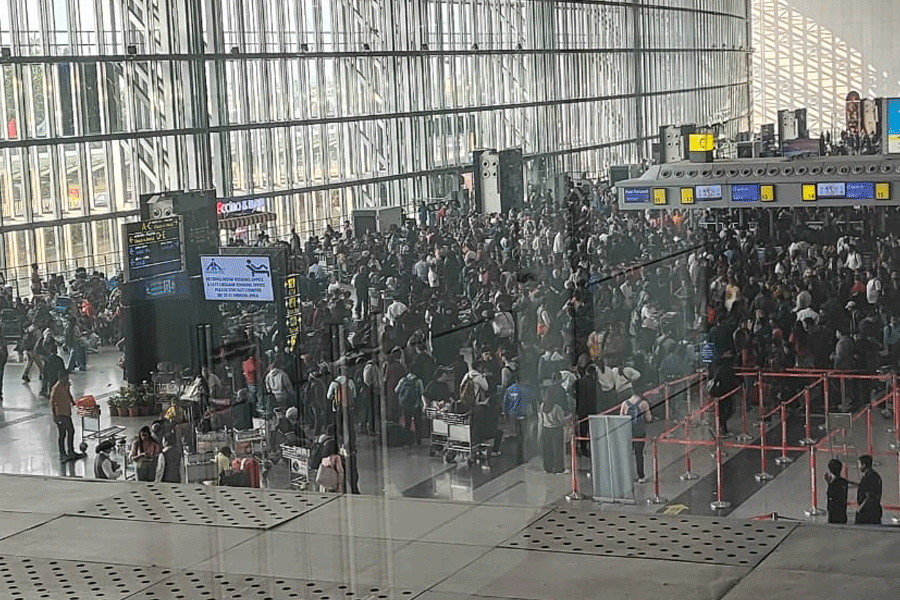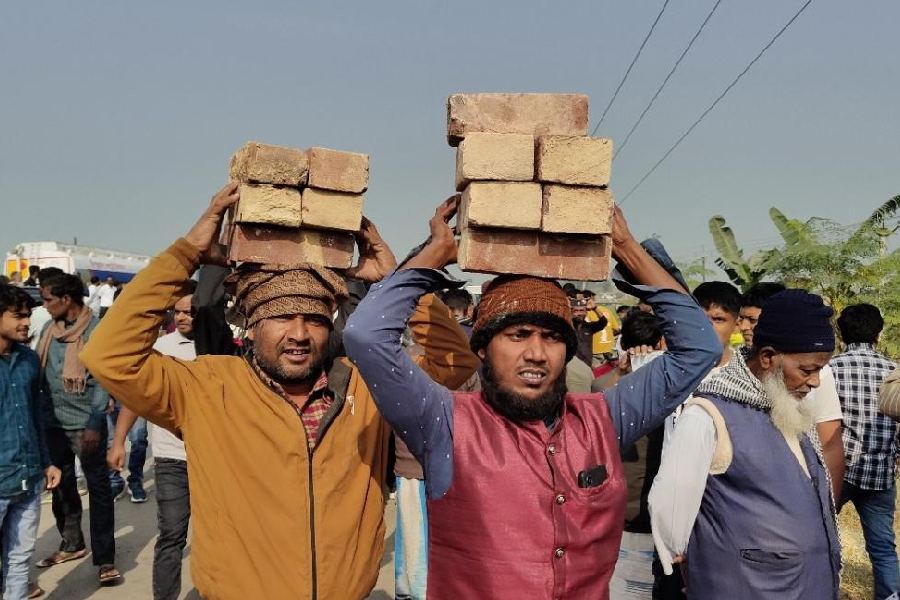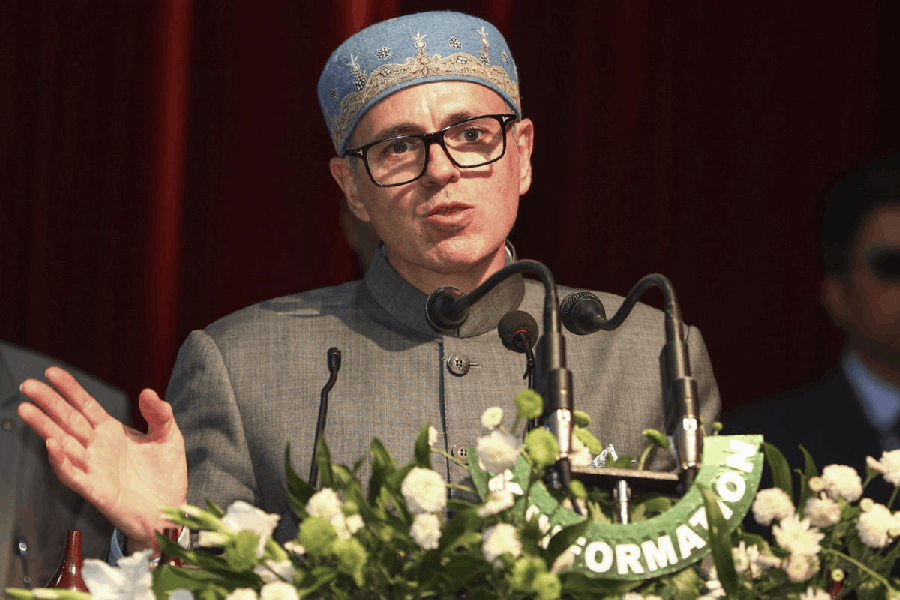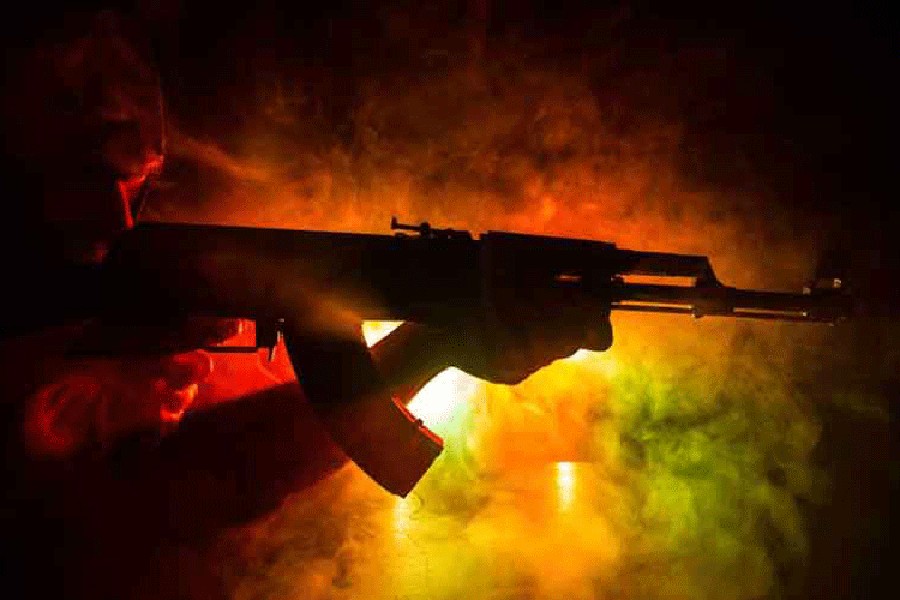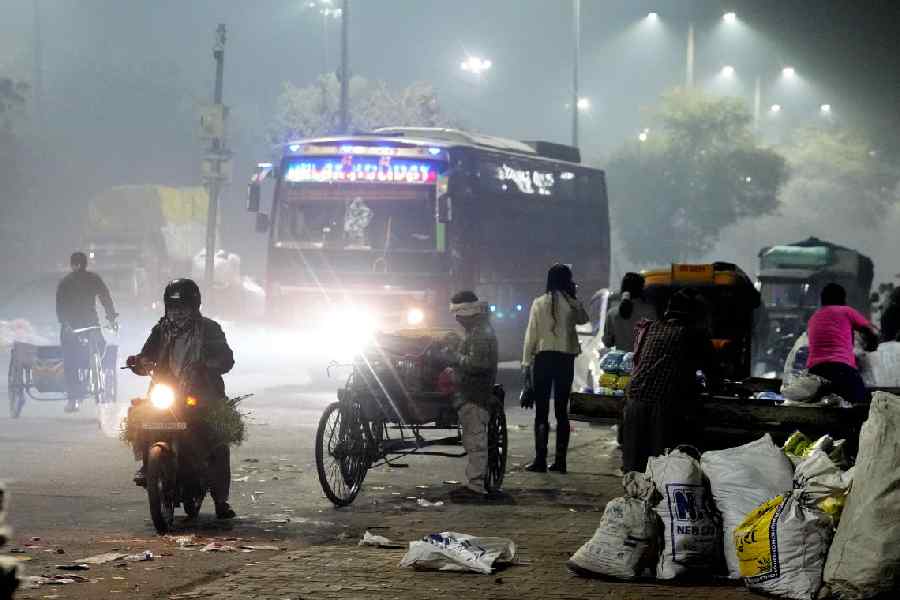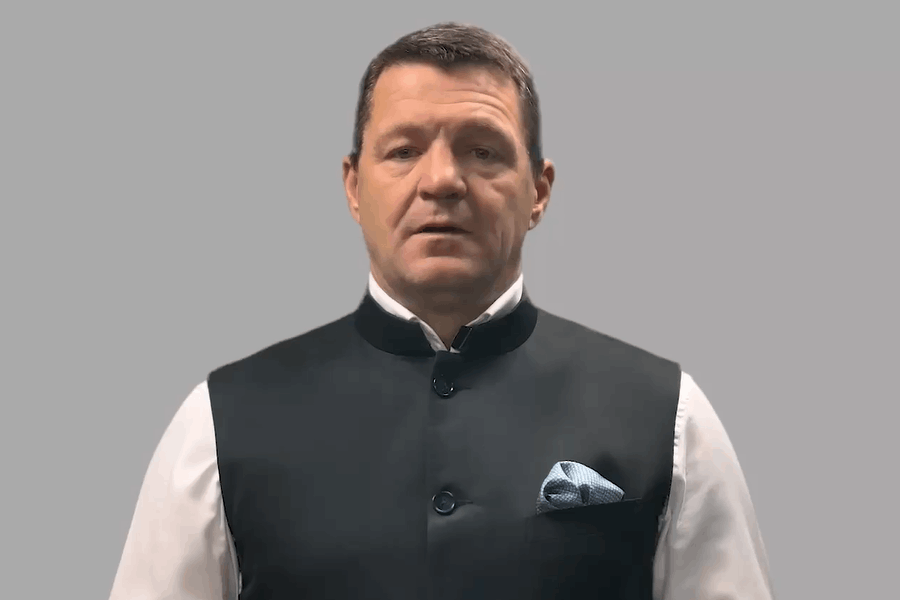Ten days into the ceasefire between Israel and Hamas, signs of strain are growing as renewed violence on Sunday killed two Israeli soldiers and at least 44 Palestinians, underscoring how precarious the truce remains.
The Israeli military said Palestinian militants launched an anti-tank missile at an army vehicle in Rafah, on the Israeli-held side of the ceasefire line, according to The New York Times.
Israel called the attack a “blatant violation” of the truce, while Hamas officials denied involvement, claiming they had lost contact with their fighters in the area months earlier.
Israel responded with its heaviest bombardment of Gaza since the truce took effect on 10 October, temporarily halting the flow of humanitarian aid. Officials later said deliveries would resume once strikes had ceased. Gaza’s health ministry said 44 Palestinians were killed across the enclave during the retaliatory attacks.
The exchange came as both sides accused each other of violating the ceasefire, which has held tenuously for more than a week. Israeli forces said they had also fired on a vehicle in northern Gaza last week, killing nine people, including children, after it allegedly crossed a restricted area.
Hamas, meanwhile, has continued to hand over the remains of 12 bodies of Israeli hostages so far as part of the truce deal mediated by Egypt, Qatar, and Turkey. The ceasefire calls for Hamas to return around 25 bodies, while Israel is expected to return the remains of 15 Palestinians for every Israeli hostage recovered.
The agreement has also seen Israel release nearly 2,000 Palestinian prisoners in exchange for 20 living hostages and partially reopen crossings for aid and travel.
The United Nations says aid deliveries have increased, with at least 600 trucks entering Gaza daily, but hunger and shortages persist.
Despite Sunday’s escalation, both Israel and Hamas reaffirmed their commitment to the ceasefire. X Analysts told The New York Times that the measured Israeli response and continued aid coordination reflected strong US influence, as the Trump administration envoys Jared Kushner and Steve Witkoff, and possibly Vice President J.D. Vance, prepare to visit Israel to push forward Washington’s peace plan.
Yet tensions within Israel’s ruling coalition remain sharp. Far-right ministers Bezalel Smotrich and Itamar Ben-Gvir accused Prime Minister Benjamin Netanyahu of bowing to US pressure. “Enough with the folding,” Ben-Gvir wrote on X.
Experts say the challenge now extends beyond maintaining the truce to tackling the deeper political questions it left unresolved — including Hamas’s disarmament and the governance of Gaza.
“Hamas wants to come down the tree, but in a dignified way,” Gaza analyst Mohammed al-Astal told The New York Times, suggesting the group might agree to step back from power if allowed to do so honourably.
But Israeli analysts caution that Hamas remains the dominant power in Gaza. “It’s very hard for many Israelis to admit, but they weren’t defeated,” said Michael Milshtein of Tel Aviv University. “They still exist, and they’re the dominant player in Gaza.”
With both sides armed and wary, even minor skirmishes risk reigniting conflict. As one Israeli expert warned, “Things are very unclear, very fragile and sensitive... It could lead to almost everyday violations and crises.”

